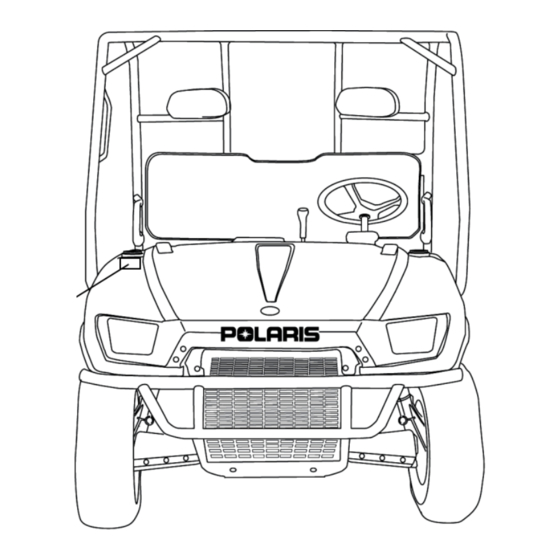
Polaris 4X4 700 EFI Owner's Manual
Polaris industries offroad vehicle user manual
Hide thumbs
Also See for 4X4 700 EFI:
- Service manual (330 pages) ,
- Owner's manual (131 pages) ,
- Service manual (362 pages)
Table of Contents
Advertisement
Quick Links
Advertisement
Table of Contents















Need help?
Do you have a question about the 4X4 700 EFI and is the answer not in the manual?
Questions and answers